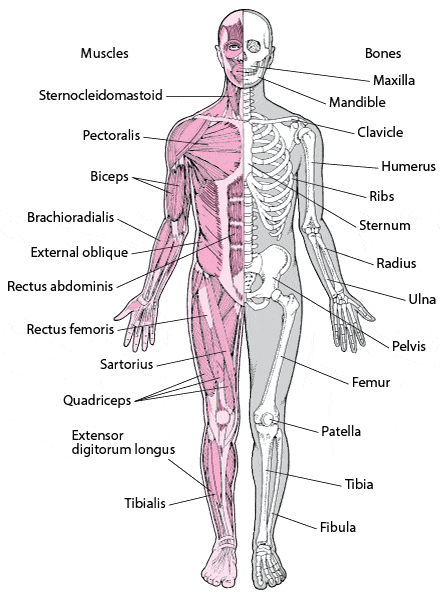Everything You Need to Know About Your Muscles
The human body is indeed a fantastic machine. But do you know just how many muscles it contains within its frame? Your muscles are the powerhouse of your entire cardiovascular system, and understanding what muscles you have can help you build a better
workout routine for yourself. So let’s take a closer look at just how many different muscles the body has and what each of them does!
Your Skeletal Muscle System
The skeletal muscle system comprises 656 different muscles, making up nearly half of your total body mass. These muscles are attached to the bones in your skeleton and work together with tendons to move. They are responsible for moving your arms, legs, face, and other body parts and maintaining posture and balance. Each muscle is composed of thousands of cells called fibres that can contract or relax depending on signals from the brain.
Your Smooth Muscle System
The smooth muscle system comprises several hundred additional muscles throughout the body that control involuntary actions like breathing, digestion, and heart rate. Unlike skeletal muscles that require conscious effort to move or contract, smooth muscles are controlled by hormones and nervous impulses from the brain without any thought or input from us. Smooth muscle cells contain actin and myosin, allowing them to contract when stimulated by nerve impulses from the brain.
Your Cardiac Muscle System
Finally, there’s your cardiac muscle system, which consists of only one set of special fibres within your heart’s walls called cardiomyocytes. Unlike other muscle systems that rely on conscious effort or nerve stimulation to move or contract, cardiac muscle fibres contract autonomously thanks to the electrical signals generated by ion channels in their cell membranes. This allows them to pump blood throughout your body without needing instruction from you or external stimuli like hormones or nerve impulses from the brain. This pumping action keeps oxygen flowing through your veins so all other organs can function correctly.
Conclusion:
Knowing how many different types of muscles we have in our bodies helps us understand how they work together to keep us healthy and active day in and day out! With 656 skeletal muscles, several hundred smooth muscles controlling involuntary actions like breathing and digestion, as well as one set of cardiac muscle fibres responsible for keeping blood circulating through our veins – it’s clear why we need to take care of these essential components if we want our bodies to continue functioning optimally! Whether you’re a fitness enthusiast looking for ways to maximize performance or just someone interested in learning more about their physiology – understanding the various types of muscle systems in our bodies is essential!

